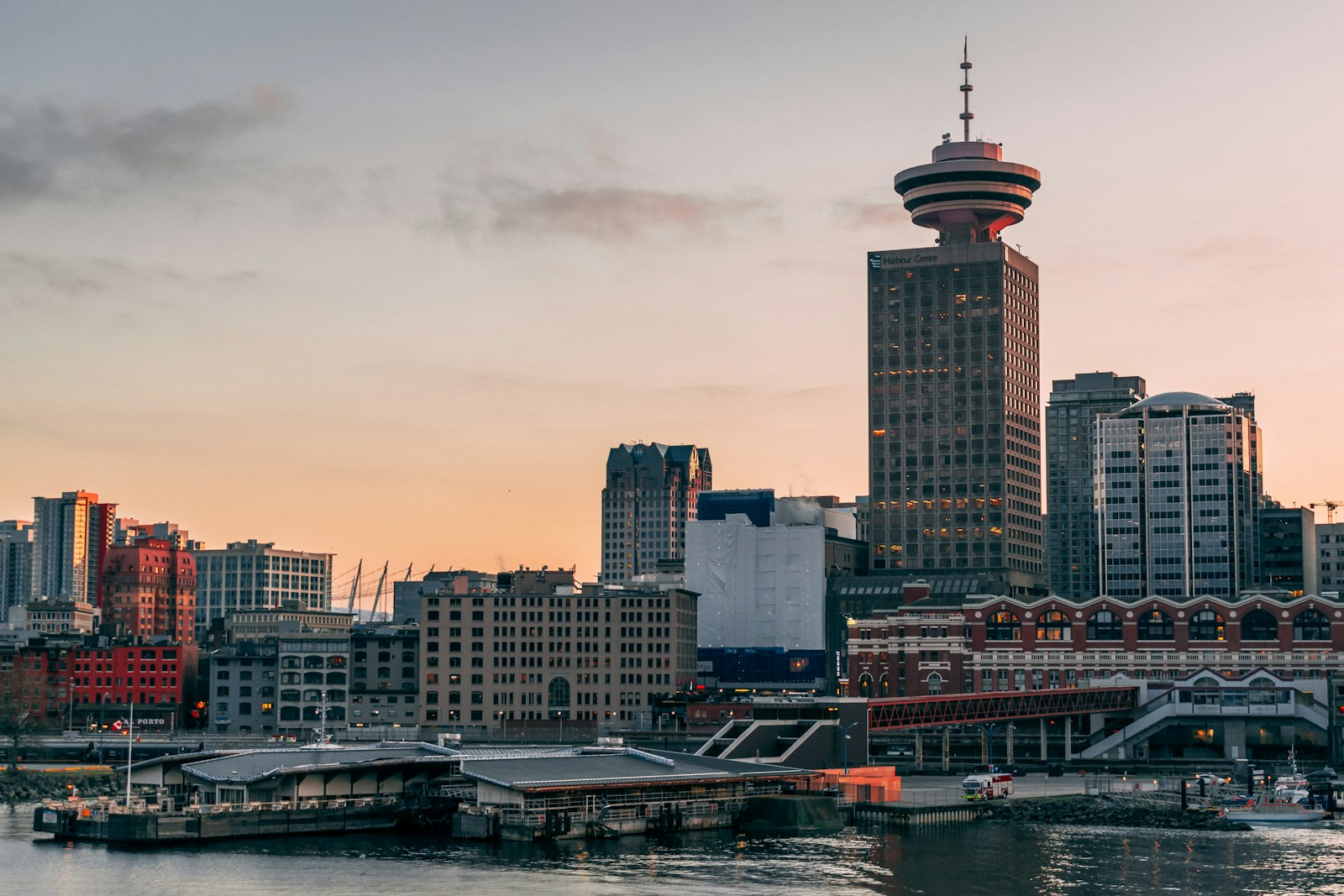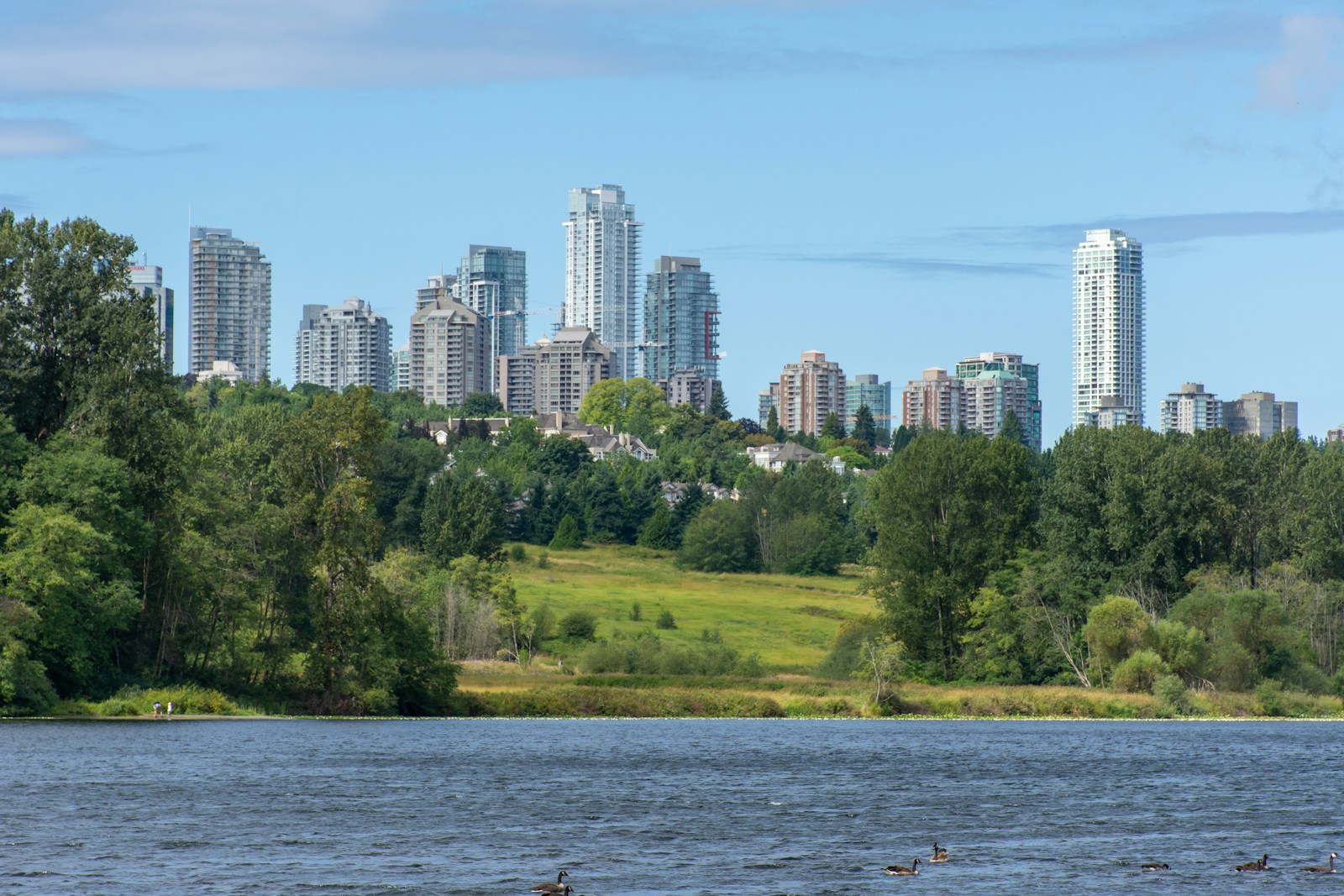Tailwinds for buyers; strategy wins for sellers
October in Metro Vancouver combined slower sales with ample inventory. Rather than burying you in numbers, this piece focuses on how to move effectively right now—whether you’re buying, selling, or investing.
Three takeaways
1) Sales are quieter than last year— even the typical fall bump was muted.
Home sales totaled 2,255 in October (-14.3% YoY) and were 14.5% below the 10-year seasonal average. Despite multiple rate cuts earlier in the year, buyer sentiment hasn’t flipped from “wait and see” to “full steam ahead.”
2) Inventory is thick by historical standards— choice has widened.
New listings came in at 5,438 (flat YoY, +16.3% vs. the 10-year seasonal average). Total active listings reached 16,393 (+13.2% YoY / +35.9% vs. the 10-year seasonal average). Translation: buyers have more room to compare and negotiate.
3) Conditions feel balanced-to-soft— prices are easing at the edges.
The sales-to-active listings ratio (SAR) is 14.2%. As a rule of thumb, sustained readings below 12% tend to pressure prices lower, while above 20% often push them higher. By segment: Detached 11.3% / Townhomes 17.6% / Condos 15.5%. Not hot, not frozen—a market where negotiation works.
Where prices stand: gentle adjustment, subtle differences by segment
Composite HPI: $1,132,500 (-3.4% YoY / -0.8% MoM).
Detached: 693 sales (-4.3% YoY); HPI $1,916,400 (-4.3% YoY / -0.9% MoM).
Condos: 1,071 sales (-23.1% YoY); HPI $718,900 (-5.1% YoY / -1.4% MoM).
Townhomes: 477 sales (-4.8% YoY); HPI $1,066,700 (-3.8% YoY / -0.3% MoM).
Even with rate cuts, demand hasn’t snapped back all at once, so prices are easing gradually. For condos especially, building-level factors—management quality, reserve strength, transit access, and age/condition—are driving outcomes more than citywide averages.
Quick Area Read: the story behind the stats
Tri-Cities (Coquitlam / Port Coquitlam / Port Moody)
Port Moody (composite HPI): +0.6% MoM. Not a surge, but the mix of SkyTrain access and nature continues to support values. Newer stock and well-run buildings tend to have firmer floors.
Coquitlam (composite HPI): -0.5% MoM. Condo moves are small month to month; outcomes hinge on building governance, reserve health, and proximity to transit (SkyTrain, etc.). In the same city, conclusions often change at the property level, so individual due diligence beats the average.
Vancouver West (composite HPI: -1.1% MoM)
At the top end, thicker inventory and buyer selectivity persist. Even positive signals don’t reverse the trend overnight. School catchments and micro-locations show up line-by-line in pricing—keep comparisons tight and local.
Squamish
Composite is slightly positive (+0.2% MoM); townhomes +1.6% MoM. Relative attainability and lifestyle-driven migration underpin demand. With commuting/remote blends and outdoor access in mind, buyers who truly “fit” the area continue to show up.
What to do now — a practical action guide
Buyers (first-time & upsizers)
Today’s market offers choice and negotiation space. Start with a fresh pre-approval so your monthly reality is clear. Shortlist 3–5 candidates and compare total cost of ownership (mortgage, taxes, insurance, utilities, strata fees, likely maintenance) in the same format.
You gain leverage when you have credible Plan B and Plan C. With real alternatives in hand, you can negotiate more than price—closing date, minor repairs, professional cleaning, inclusions—calmly and effectively. That psychological margin (“if not this, another”) often translates into better terms.
Sellers
With inventory deep, your launch price matters most. If engagement is soft after 2–3 weeks, adjust quickly to keep momentum. Surface risk-reducing documentation upfront—inspection/scope reports, maintenance logs, monthly operating costs, recent strata improvements—so buyers’ questions are answered before they’re asked, helping you regain the initiative. Don’t skimp on presentation: pro photography, floor plans, and a clean showing flow lift click-throughs and tour bookings.
Investors
Choose on NOI, not just a headline cap. Underwrite rents, realistic vacancy, operating and strata costs—then ask: does it still pencil conservatively? In a thick-inventory market, small value-adds (light renos, storage/parking optimization, marketing/policy tweaks) can lift effective yields. Keep your exit in view: favour liquid layouts and locations with durable resale demand.
Bottom line: quiet numbers, quietly expanding opportunity
October pairs muted sales with broad selection and gently easing prices. There’s little drama—which is exactly why strategy works.
Buyers should run multiple options in parallel and negotiate from a position of calm strength. Sellers should nail the opening price, surface trust-building facts, and maximize first impressions. Investors should underwrite to NOI and stack incremental gains.
Rather than reacting to every headline, keep stacking the next right move for your goals. In today’s Metro Vancouver market, that steady, methodical approach is the most reliable path to results.























